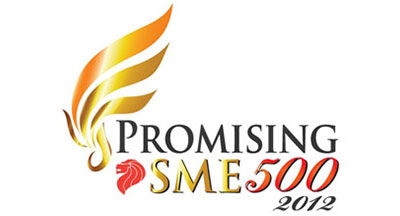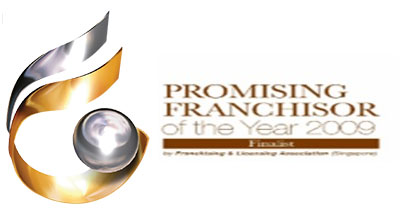History of Abacus
300 BC
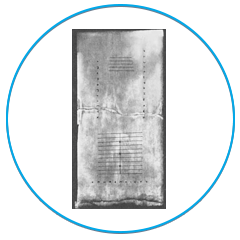
Salamis Table
AD 300
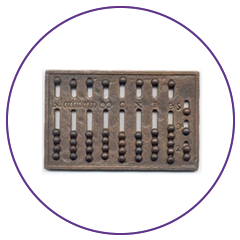
Roman Hand - Abacus
AD 1200
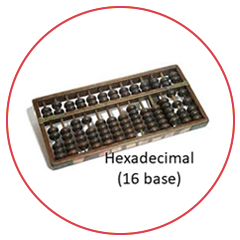
Suan-Pan
AD 1600

Schoty
AD 1930
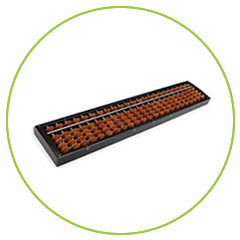
Soroban
The development of the Abacus
The Chinese abacus (Suan-Pan) was invented around 1200 A.D. It was an efficient and accurate mathematical calculation tool. Some of its principles were derived from its predecessors – the Greeks’ Salamis Tablet and the Roman Hand-Abacus. The ancient Chinese abacus worked on a 2/5-system which had two beads on the upper deck and five on the lower deck. The beads were manipulated to perform arithmetic calculations such as addition, subtraction, division, multiplication, and the finding of square roots. The Russians came up with their own version of the abacus in the 1600s, known as the Schoty. But it did not really gain popularity over the Suan Pan, which was later introduced to Japan and Korea, and in 1930, the Japanese improvised it and came up with a 1/4-system abacus known as the soroban. The soroban works on a base-10 system and eventually gained popularity over the Chinese abacus. It is used in CMA’s curriculum.
Awards


